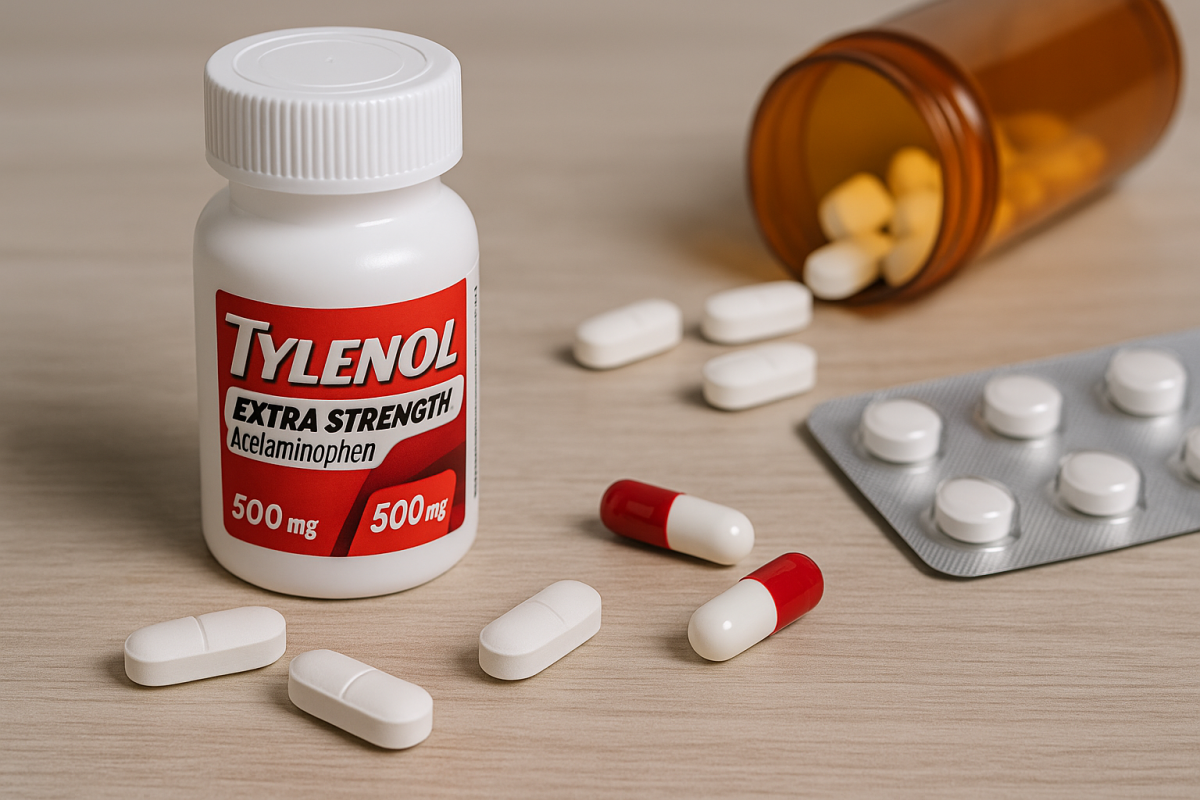Tylenol is one of the most commonly used pain relievers in the world, but it can be dangerous when taken in large doses or used improperly. Tylenol’s active ingredient, acetaminophen, is available in many brands and generic versions found in drugstores and grocery stores. It is an analgesic, or “painkiller,” that helps relieve headaches, muscle pain, fevers and minor injuries.
However, acetaminophen can have serious side effects and risk factors if misused. Common side effects include nausea, headaches and loss of appetite. Although billions of doses are safely consumed every year, thousands of people still end up in hospitals or emergency rooms from accidental overdoses.
For a healthy adult, the maximum recommended daily dose is 4,000 milligrams from all sources. According to Dr. Howard E. LeWine of Harvard Health, “In some people, a dose close to the 4,000 mg daily limit could still be toxic to the liver. It’s safest to take only what you need and not exceed 3,000 mg a day whenever possible, especially if you use acetaminophen often.”
More than 50,000 people each year become ill from taking too much acetaminophen, and a few hundred die from related complications. The risk depends on a person’s age, body size and overall health. Individuals with pre-existing liver conditions or who mix acetaminophen with alcohol face an even higher risk of liver damage.
What many people do not realize is that acetaminophen is an ingredient in many over-the-counter medicines, including cold and flu products. Taking multiple medications without checking their labels can quickly push someone over the safe daily limit.
To stay safe, experts recommend keeping track of how much acetaminophen you take, reading medication labels carefully and spacing out doses properly. A little extra awareness can prevent a simple headache remedy from turning into a serious health emergency.

































